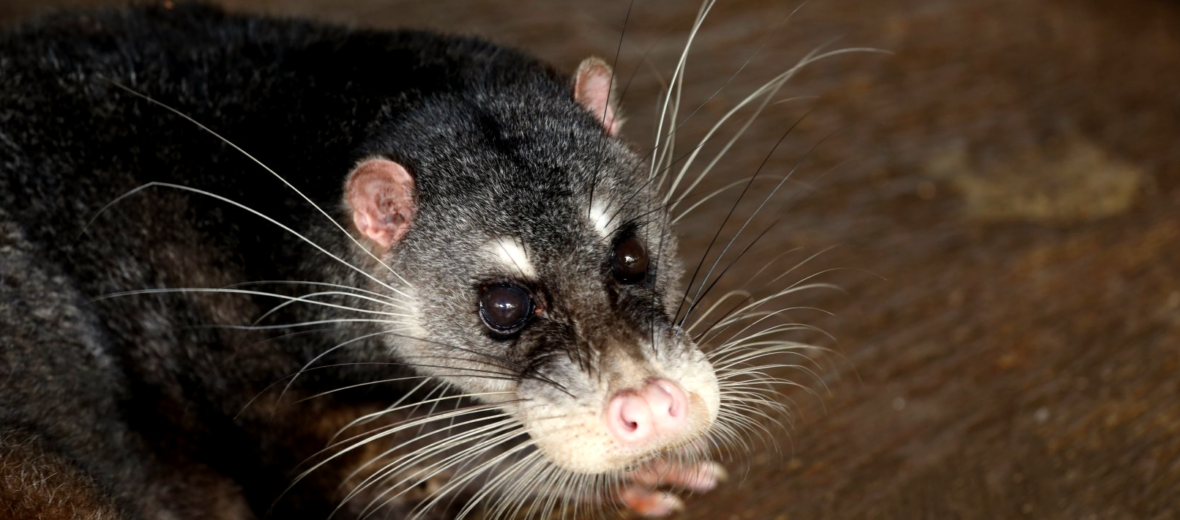
The otter civet, aka otterzivette, Sunda otter civet, and cibeta nutria – to name a few, can be found in Brunei, Indonesia, Malaysia, and Thailand. They are a semi-aquatic viverrid (Old World civet). They prefer lowland primary forests, secondary forests, bamboo forests, and logged forests. These cool critters face the threats of habitat destruction at the hands of residential and commercial development, the logging industry, & aquaculture; hunting; trapping; and pollution. The otter civet is listed as Endangered by the IUCN and their numbers are decreasing.
First the Stats…
Scientific name: Cynogale bennettii
Weight: Up to 11 lbs.
Length: Up to 26.6 inches, plus up to an 8 inch tail
Lifespan: Up to 5+ years
Now on to the Facts!
1.) As of 2015 there were only 2,490 wild individuals remaining.
2.) They are nocturnal (active at night).
3.) Fish, crabs, and freshwater mollusks make up the bulk of their diet. They also feed on birds and the occasional fruit.
4.) These critters are mostly terrestrial (spend their lives on the ground) but they can also climb trees, if needed.
5.) Civets are solitary and only come together to mate.
But wait, there’s more on the otter civet!
6.) Otter civets can produce a foul smelling musk from their anal glands. This musk is called civet.
7.) Large snakes and crocodiles prey on these civets.
Did you know…?
When startled or threatened, they will spray their attacker with their strong smelling musk, similar to that of a skunk.
8.) These critters are more closely related to weasels and mongooses than to cats.
9.) Territory is marked by dragging their anal glands (called perineal glands) along various surfaces
10.) Civets are polygynandrous (males and females mate with multiple partners).
Now a Short Otter Civet Video!
Be sure to share & comment below! Also, check out the Critter Science YouTube channel. Videos added regularly!
Want to suggest a critter for me to write about? Let me know here.
Some source material acquired from: Wikipedia & IUCN



